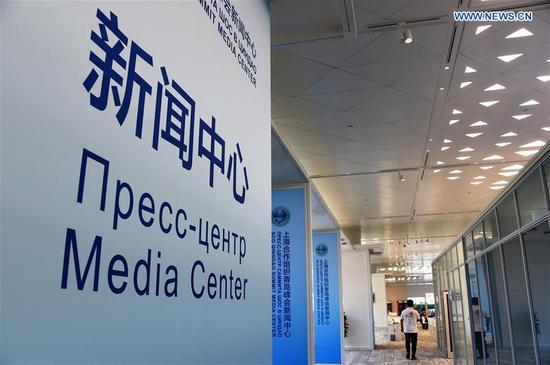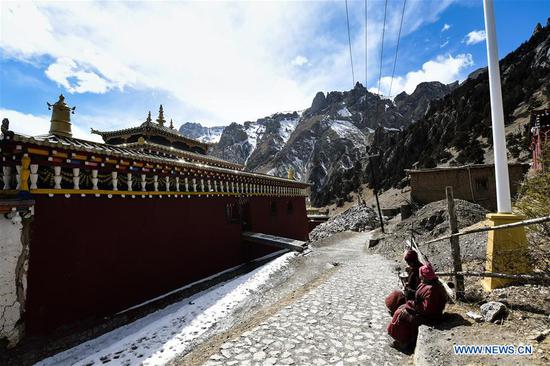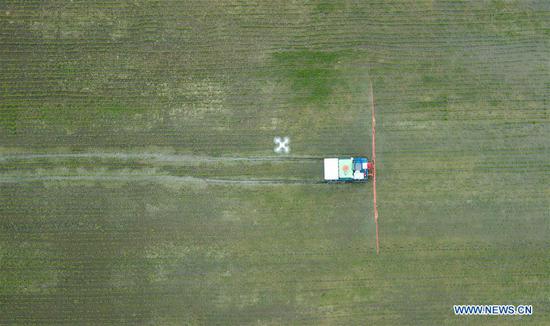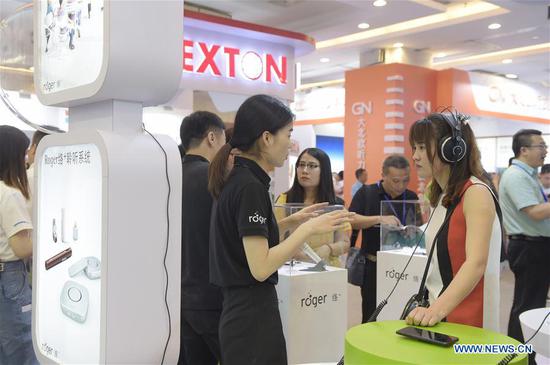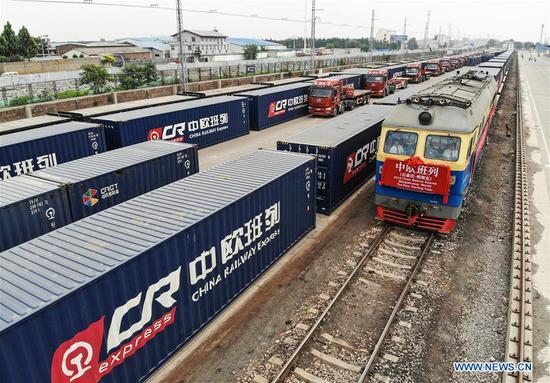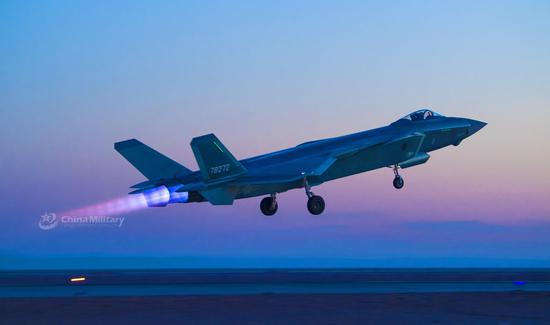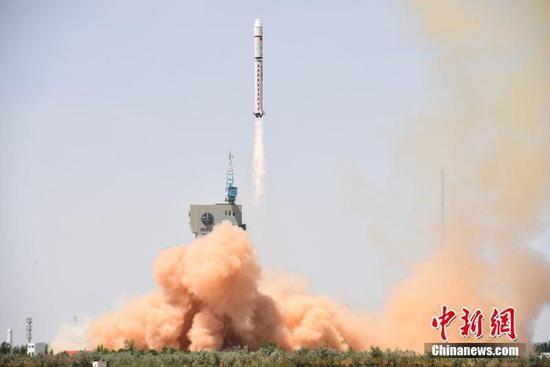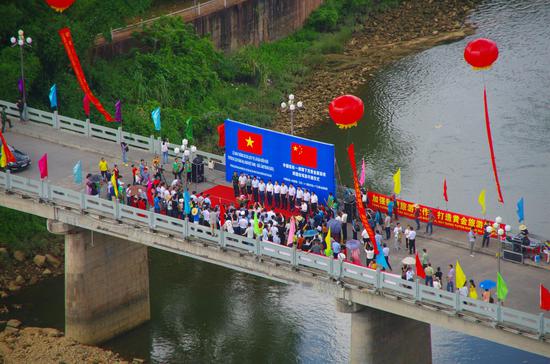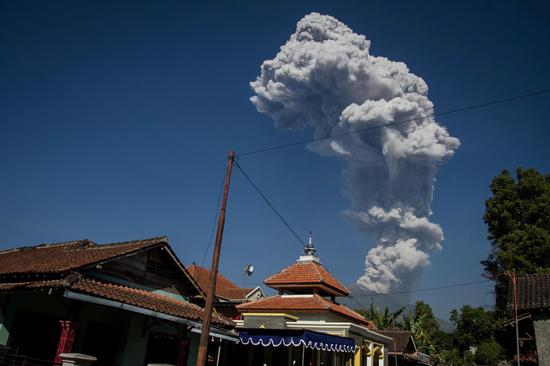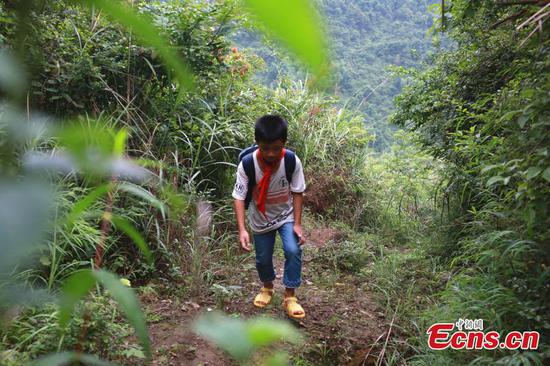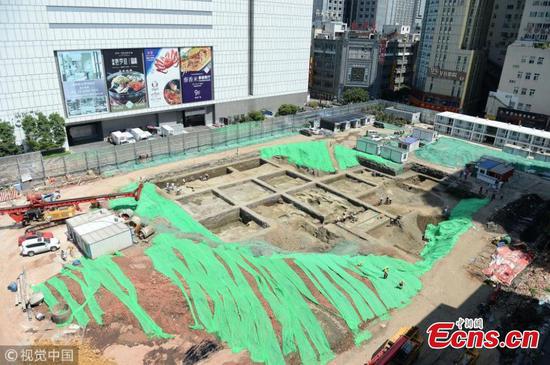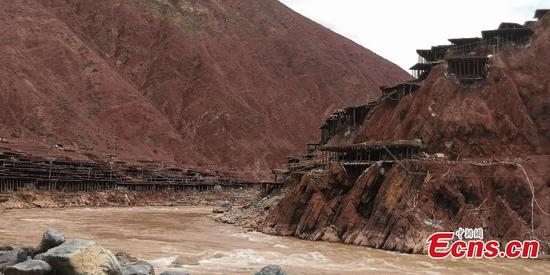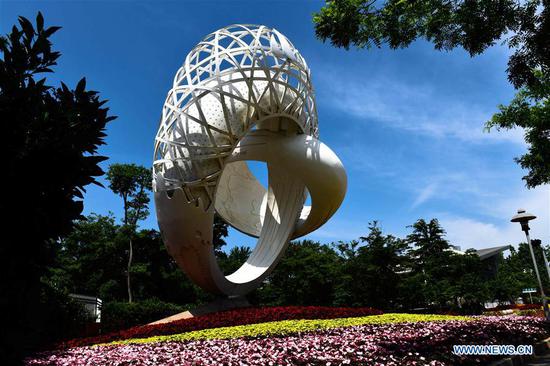China's offshore resource exploitation technology can benefit countries involved in the Belt and Road initiative, Chinese experts said on Sunday after a multi-purpose oil platform began its journey from Qingdao, East China's Shandong Province for Brazil.
At 300 meters long and 74 meters wide, the 350,000 ton P67 can process 150,000 barrels of crude oil a day, Oriental Outlook reported.
Built over six years, P67 is one of the world's largest floating platforms for oil production and storage, China Offshore Oil Engineering Company Chairman Jin Xiaojian said, according to the weekly news magazine run by the Xinhua News Agency.
The successful building and transportation of the platform shows other countries involved in the Belt and Road initiative how China might help them with resource exploration, Lin Boqiang, director of the China Center for Energy Economics Research at Xiamen University, told the Global Times.
"As technology further develops, it is believed that the cost of offshore resource exploitation will be reduced and better enable offshore exploration," Lin said.
P67 is China's first independently integrated floating production, storage and offloading petroleum platform, meaning it can conduct preliminary processing, storage and delivery of offshore crude oil and natural gas, integrating personnel residence and production command system, Outlook said.
"Offshore oil and gas exploitation is the field China should pay close attention to as land resource is continuously being consumed," Lin said. "The building of P67 is one of the symbolic acts echoing that trend."
China's sixth-generation deep-sea semi-submersible drilling rig Hai Yang Shi You 982 was officially delivered for operation on March 14 to Dalian in Liaoning Province.
Armed with the world's most advanced dynamic positioning system and a maximum drilling depth of 9,144 meters, the rig has further improved China's capacity for offshore oil and gas exploration and exploitation.









